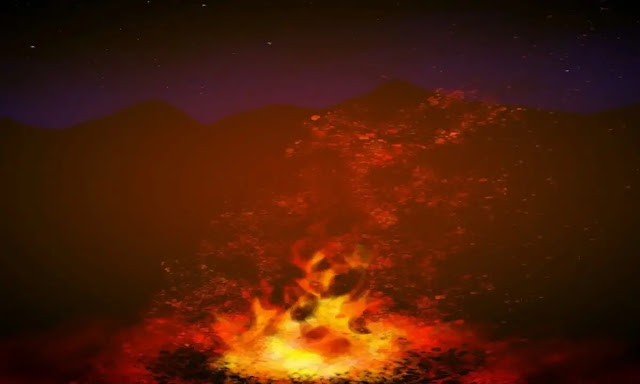World weather types
World weather types
Climate is that the set of meteorological characteristics that occur during a particular area of the earth for an extended period of your time through variables like temperature, average level of rainfall or air pressure . These characteristics are repeated in several areas of the earth that, in turn, have similar qualities to every other, so we will say that there are several sorts of weather on Earth. it's important to not confuse the weather with the weather, that is, the weather with the weather. While the climate is that the set of properties that outline the environmental condition of a selected area, the weather analyzes the atmospheric characteristics which will be during a given place during a specific period of your time .
what percentage sorts of weather are there within the world?
that very same question was asked by the Russian climatologist and meteorologist Wladimir Köppen within the early twentieth century. Investigating the response led him to determine five sorts of weather within the world, which successively divided into subgroups :
A. Tropical
it's located between 23º north latitude and 23º south latitude, that is, it covers the world of the equator line. it's characterized by being a damp climate and having a mean temperature of 18 degrees. Tropical forests grow in these areas. In turn, within the tropical climate there are several subgroups:
- Equatorial.
- Monsoon.
- Bed sheet.
B. Dry
the most characteristic of dry climates is that their annual rainfall, very scarce or non-existent, is a smaller amount than the quantity of water that evaporates from the soil. There are four sorts of weather inside the dry:
- Warm steppe.
- Cold steppe.
- Warm desert.
- Cold desert.
C. Temperate
For a climate to be considered temperate, the typical temperature of its coldest month must be between -3 degrees and 18. On the opposite hand, the typical temperature of the warmest month must be greater than 10 degrees. It differs from the dry climate within the amount of rainfall, higher in temperate climates. it's subdivided into the subsequent groups:
- West Coast Maritime.
- Subarctic Maritime
- Mediterranean.
- Mediterranean of fresh summers.
- Humid subtropical.
- Subtropical with dry winter.
- Temperate with dry winter.
D. Continental
within the areas where the continental climate predominates there's an excellent thermal amplitude, that is, there's a really notable difference between the minimum and maximum temperature. Very cold winters predominate and intermediate seasons are usually short. The subgroups of the continental climate are :
- Warm summer
- Cool summer.
- Boreal.
- Subarctic with extremely cold winters.
E. Polar
the typical temperature of the zones with polar climate doesn't exceed 10 degrees at any time of the year. The climate is dry and really cold, characteristic of areas of the acute north of the earth , Antarctica or Greenland. There are two subgroups within this sort of weather :
- Tundra.
- Permafrost.
How does the climate affect refugees and displaced people?
The person has adapted to the kinds of climate during which he lives, but the climate isn't something static : it changes and evolves thanks to factors associated with global climate change , like heating , pollution or environmental degradation. Sometimes, people are forced to go away their homes due to weather-related causes. they're displaced people under the context of global climate change .
global climate change causes increased temperatures, droughts, desertification or floods, which end in the loss of crops or the aggravation of the results of war. consistent with the interior Displacement Monitoring Center, in 2017 alone 18.8 million new internal displacements were registered thanks to natural disasters.
The Horn of Africa suffers the direct consequences of drought. Its dry and arid climate, aggravated in recent years, has caused the loss of livestock and therefore the difficulty of obtaining water. The drought within the Horn of Africa is that the worst of the last 60 years: half Somalia's population, 6.2 million people, are in need of humanitarian aid.
In Afghanistan, a protracted drought in 2018 ruined many of the crops, leaving thousands of individuals without food. The UN estimates that 260,000 Afghans had to escape their homes due to the drought in 2018.




Comments
Post a Comment